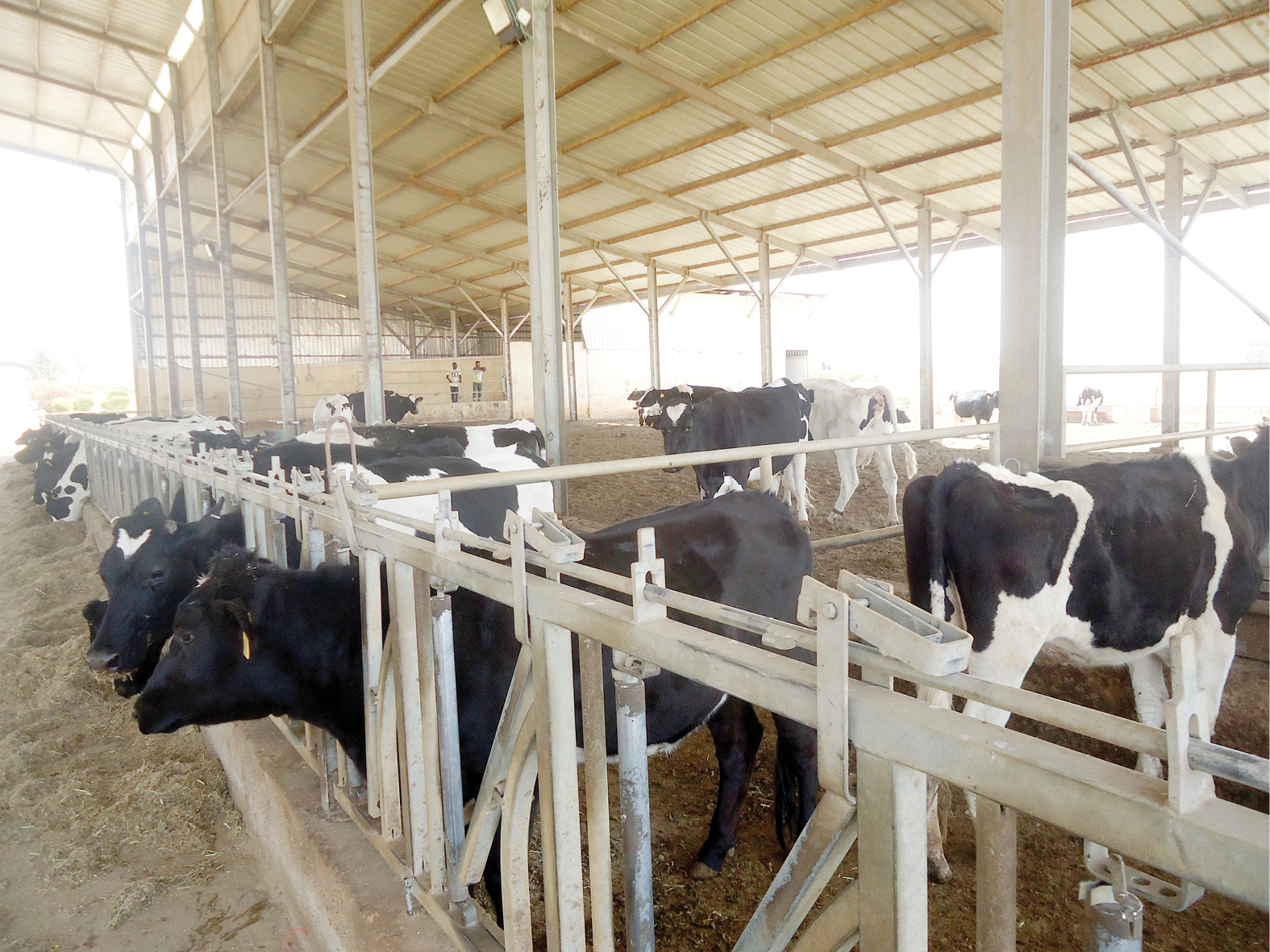In the face of unstable weather condition and dairy products prices, livestock farming could be a bit difficult.
To make 2020 a success, Jecinta Mwirig of Daily Nation of Kenya shared some of the things livestock farmers should do to make livestock business profitable.
Formulate a business plan
If you fail to plan, you are planning to fail, so goes the adage. Thus, as the year starts, have a business plan that will guide you throughout the 12 months. A good business plan will highlight what you should do and how the activities will generate income. The plan must, however, be preceded by a feasibility study that will aid in assessing the viability and profitability of the proposed activities. A SWOT (strength, weakness, opportunities and threats) analysis should guide the feasibility study.
Further carry out a gross margin (GM) analysis on the enterprise. This uses the enterprise’s output and variable costs to reach a result through the formula (gross margin=output-variable costs). The GM does not consider fixed costs like purchasing of land and farm infrastructure but considers profitability in a year or a production cycle. Variable costs are incurred in day-to-day production management such as feeds and labour.
During the year, you may need to expand, change strategies or relocate. If this is in the works, make a partial budget. Partial budget analysis is a technique used to assess a change in a business. The costs associated with a particular change in the operation are weighted against the benefits.
This type of analysis allows one to assess whether or not making a change will be financially beneficial. An example of change of a strategy can be vaccinating or carrying out animal disease control regularly instead of when there is a threat while expansion could include value addition like opening a milk vending machine instead of selling milk through middlemen.
After confirming sustainability of the agribusiness, a business plan is developed. The business plan template has the name of the agribusiness, an important marketing tool that most farmers ignore. Branding one’s farm, creates traceability, an item that consumers are looking for to confirm food safety. Other items in a business plan include a description of the project say dairy cattle, beef feedlot, dairy goat, broilers, layers and pigs; mandatory licences and permits; plus marketing, management and financial plans.
Stick to good agricultural practices
Good agricultural practices start with breed selection and breeding techniques. In dairy cattle production systems for example, there are animal breeds that produce more milk than others while some breeds produce milk with higher butter fat content. Selection of the breed, therefore, depends on targeted products.
Breeding techniques include artificial insemination, natural mating and embryo transfer. Housing and routine management practices like weaning of calves, debeaking in commercial poultry and castration of piglets are also important. Feeds constitute about 60 per cent of production costs, thus, home-made rations significantly reduce overhead costs and one can download feed formulation recipes from Google Play Store or acquire them from extension service providers.
Hygiene in animal production systems is a key disease control tool, while vaccination, control of external and internal parasites is also emphasised. Accurate records are essential in maintaining control of the business affairs.
Embrace technology
Technology assists farmers in carrying out farm activities profitably and conveniently. For example, a farmer with a small piece of land on which to plant fodder and keep cattle might prefer to use a hand operated machine to till the land instead of a tractor; use an improved hand operated fodder chopper instead of a chaff cutter and use the bucket milking machine or carry out hand milking instead of a complicated/expensive milking system.
In every farm operation, there is always an appropriate technology which one can get more information on from experienced farmers, extension agents, the media and agricultural shows.
Diversify farm energy sources
Agriculture requires energy as an important input to production either directly as fuel or electricity to operate machinery and equipment, to heat or cool buildings, and for lighting the farm. Draught animal power; manpower; petroleum; natural gas; electricity and renewable energies such as solar and wind power are some of the energy sources used at farm level. Sources of energy on the farm include use of draught animals power such as donkeys and cattle; use of farm wastes such as cow dung to produce biogas for heating and generation of hydropower by a farmer or farmer groups.
Engage in value addition
Losses incurred from pouring milk due to glut or discarding fruits at a song can be mitigated through use of value addition, which prolongs perishable goods shelf-life.
Understand markets/marketing strategies
Small-scale farmers are encouraged to sell their produce locally to minimise transport costs. However, to access a wider market which could be more lucrative, farmers are advised to form marketing groups or co-operative societies. Use of information communication technology further aids in access to wider markets.
Consider climate change
Livestock production is not only heavily affected by climate change but it is also one of the highest contributors to the phenomenon through production of greenhouse gasses such as methane and nitrous oxide that cause global warming. Climate change mitigation and adaptation strategies include feed and fodder production and conservation; rainwater harvesting; use of drought-resistant breeds; acquisition and implementation of weather forecasting information and animal offtake and insurance programmes, among others.
Familiarise with government policies/laws/standards and regulations
Policies are statements of intent and the government formulates them to guide various sectors, agriculture included. Laws and regulations aid in enforcement of rules while standards are key in market access.
Apart from agricultural laws, there are other related registrations that a farmer should be familiar with such as the Environmental Management and Coordination Act (EMCA) of 1999; National Enviromental Management Authority regulations and water and forests acts, among others. Currently, four animal related bills are in their advanced stages of formulation. They include Livestock bill; Animal health bill; Animal welfare and protection bill and Veterinary public health bill.
To succeed in agribusiness, one ought to understand the pieces of regislation that govern the industry.
Have good public relations
Last but not least, cultivate good public relations with other farmers and customers. Always treat your customers with respect because without them, your business would not exist. Further, acquire marketing, distribution and record-keeping skills as they will help you run your farm profitably.
Source https://www.nation.co.ke/business/seedsofgold




